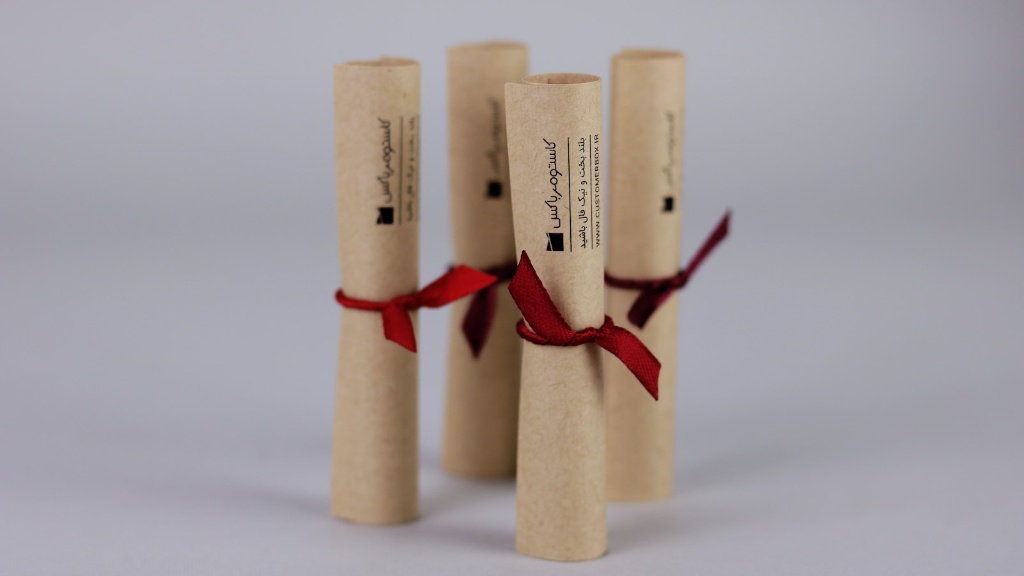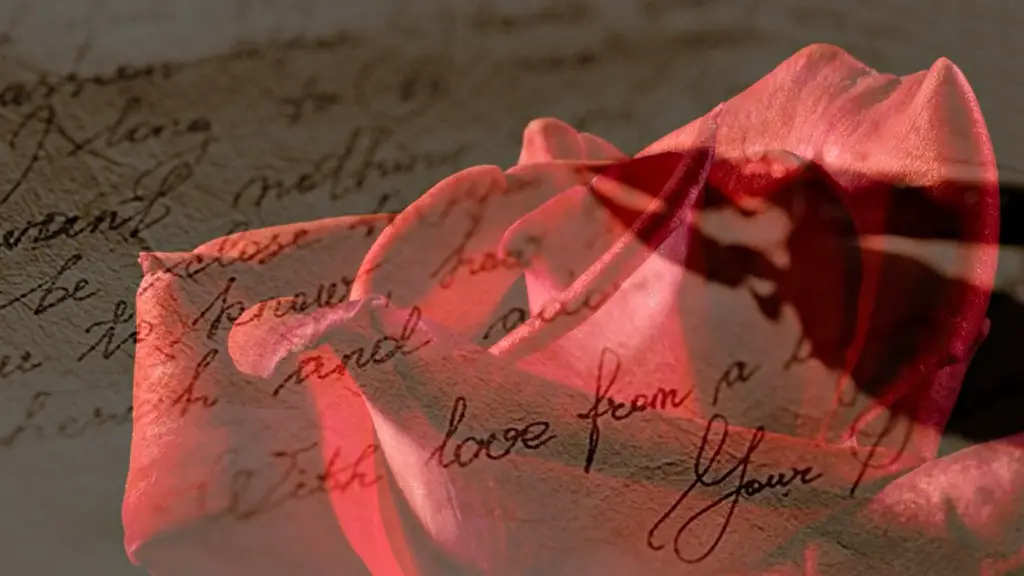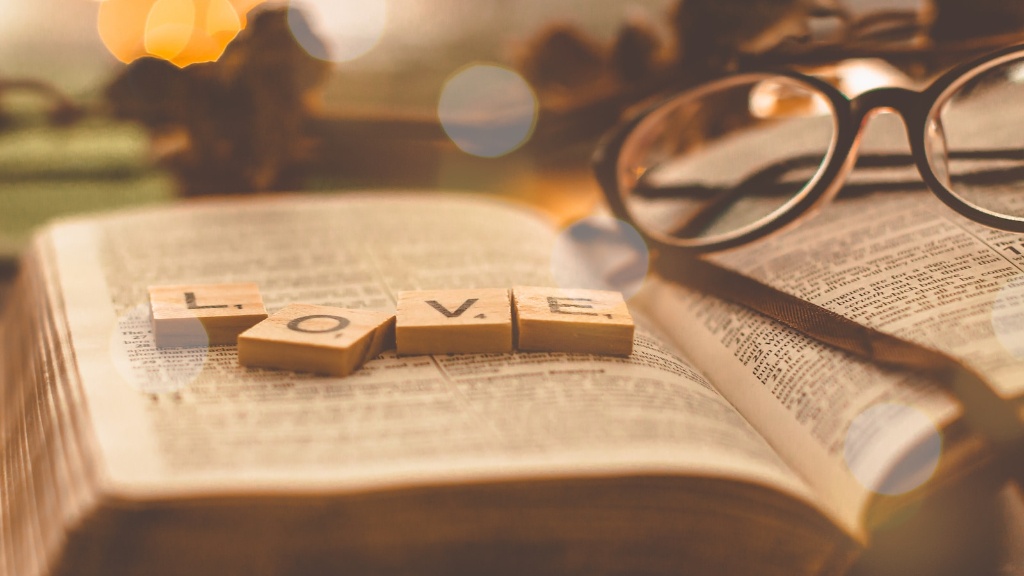Introduction
Repetition in poetry is the intentional use of words and phrases to emphasize the main ideas and themes of a poem. It can help to create rhythm and a sense of completeness. Repetition can be used to emphasize a certain phrase, draw attention to a particular idea or to express emotion. Repetition in poetry can also be used as a form of rhetoric, allowing the writer to persuade or encourage a certain idea.
Stylistic Use of Repetition
Repetition can be used in a range of ways, from simple word or phrase repetitions to complex metrical and rhythmic patterns. Repetition can add strength and power to a poem, as it creates a sense of urgency and drive. In the hands of a skilled poet, it can be used to evoke powerful emotions and build intensity in a poem.
Repetition can also be used as a stylistic device to add emphasis or convey a certain mood. Repetition of a particular phrase or word can be effective in giving a sense of continuity and flow to a poem. Repetition of sounds, such as the repetition of soft ‘s’ sounds, can also create a certain atmosphere in the poem, with a gentle or soothing effect.
Repetition can also be used to contrast ideas or words in a poem. By repeating a certain phrase or word and then adding another, different element, the writer can draw attention to the contrast between the ideas. This can be used to create an interesting and meaningful dialogue between words and phrases.
Thematic Use of Repetition
Repetition in poetry can also be used to reinforce a poem’s main theme- to give the poem a greater sense of completeness. By subtly repeating certain words, phrases or ideas, the poet can emphasize the main theme of the poem and draw attention to the main ideas.
Repetition can also be used to create larger structures in a poem, such as anaphora—the repetition of the first part of a phrase at the beginning of each line. Anaphora can create a deliberate pace and rhythm, which can be used to emphasize the main theme of a poem or express an emotion. The repeating structure of anaphora also creates emphasis and structure in a poem, as it draws attention to particular words or phrases.
The Rhetorical Power of Repetition
Repetition can also be used as a rhetorical device, allowing the poet to persuade or argue a particular idea or opinion. Repetition is often used in speeches to create a sense of urgency or to emphasize a particular message. In the same way, repetition in poetry can be used to draw attention to a certain idea or message and to encourage the reader to respond to the poem in a certain way.
Structural Use of Repetition
As well as being used as a stylistic and thematic device, repetition in poetry can be used to create structure within a poem. Repetition of words or phrases can be used to provide cohesion and continuity in a poem. It can also help to illustrate a certain concept or idea by repeating and emphasizing it.
Repetition can also be used to create larger structures within a poem. For example, certain poetic forms, such as the villanelle and sestina, require the repetition of certain words and phrases in order to create a particular structure in the poem. By repeating certain words and phrases, these poetic forms create a complex and interesting structure, while still conveying a meaningful message.
A Tool for Emotional Expression
As well as being a tool for creating structure and emphasizing main themes, repetition can also be used to express emotion. For example, by repeating an exclamatory phrase or word, the poet can express an emotion such as sadness, joy or excitement. Repetition of this kind can be used to express complex emotions and to create powerful images in a poem.
Creating Meaning and Connections
Repetition can also be used to create meaning and to draw attention to connections between ideas. By repeating words and phrases, the poet can create a motif or a recurring theme in the poem, which can be used to illustrate a particular point or idea. This repetition can also be used to draw attention to the connections between ideas, phrases and even images in a poem.
Conclusion
Repetition in poetry is an incredibly powerful and versatile tool, which can be used in a variety of ways. From simple word and phrase repetition to complex metrical and structural patterns, repetition can be used to create intensity, emphasize main themes and express emotions. Repetition can also be used as a rhetorical device, to persuade or encourage particular ideas in the poem. Repetition in poetry is an invaluable tool for creating meaning and conveying a powerful message.



